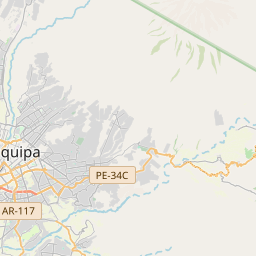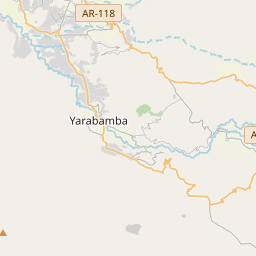Peru, Arequipa
Updated: 2024-09-05
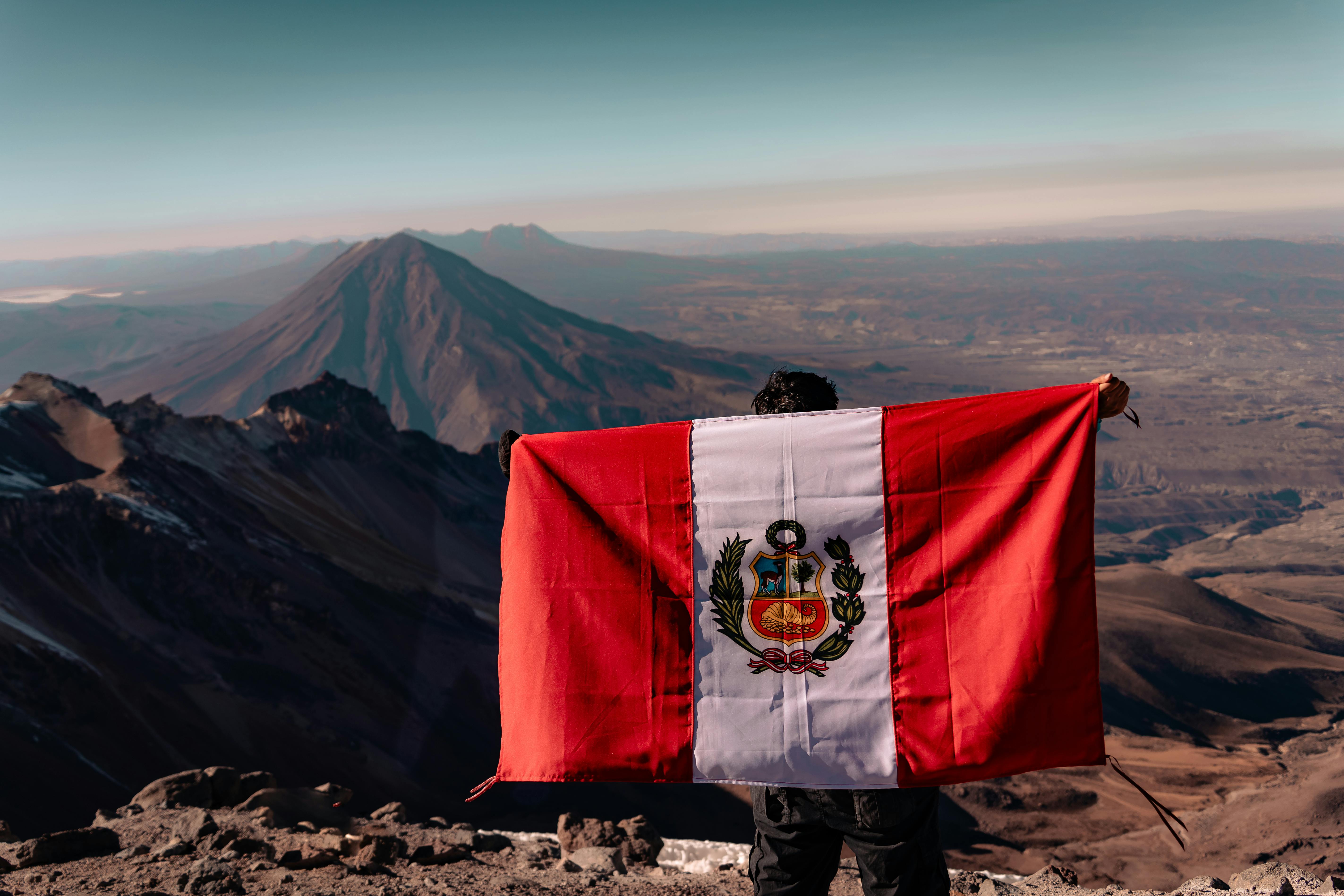

About
The currency used in Arequipa is Peruvian Sol.
Residents of Peru: 33 million.
Residents of Arequipa: 1 million.
Languages
Spanish (Main language)
Spanish is the official and most widely spoken language in Arequipa, used in all aspects of daily life.
Quechua
Quechua is spoken by a smaller portion of the population, primarily among indigenous communities.
Cost of living
What to do
To be aware of
Climate
Must visit places
Santa Catalina Monastery
4.8 out of 5 rating
A stunning 16th-century monastery that resembles a small, self-contained city and features colorful colonial architecture.
Located at Santa Catalina 301, Arequipa 04001, Peru
Prices: $12
Checking link...
Plaza de Armas
4.6 out of 5 rating
The main square of Arequipa and a central hub surrounded by colonial buildings and vibrant local activity.
Located at Calle Mercaderes s/n, Arequipa 04001, Peru
Prices: Free
Checking link...
El Misti Volcano
4.7 out of 5 rating
A breathtaking volcano ideal for hiking and offering spectacular views of the city and surrounding landscapes.
Located at Arequipa, Peru
Prices: $150 for guided tours
Checking link...
Museo Santuarios Andinos
4.6 out of 5 rating
Home of the famous mummy, Juanita, this museum highlights pre-Columbian archaeology and history.
Located at Santa Catalina 210, Cercado de Arequipa 04001, Peru
Prices: $7
Checking link...
Yanahuara
4.5 out of 5 rating
A picturesque district known for its narrow streets, beautiful colonial-era architecture, and stunning views of El Misti.
Located at Yanahuara, Arequipa, Peru
Prices: Free
Checking link...
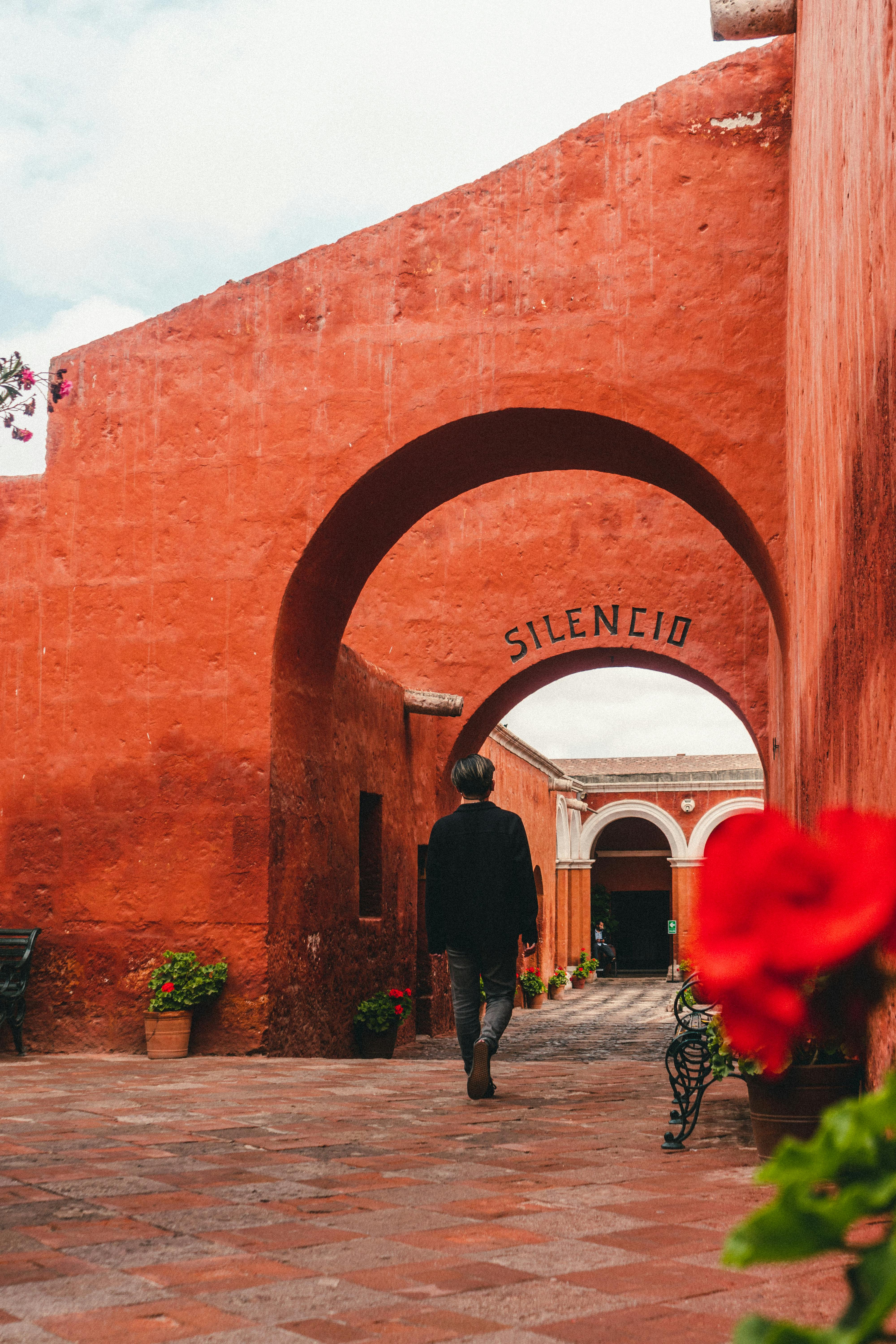
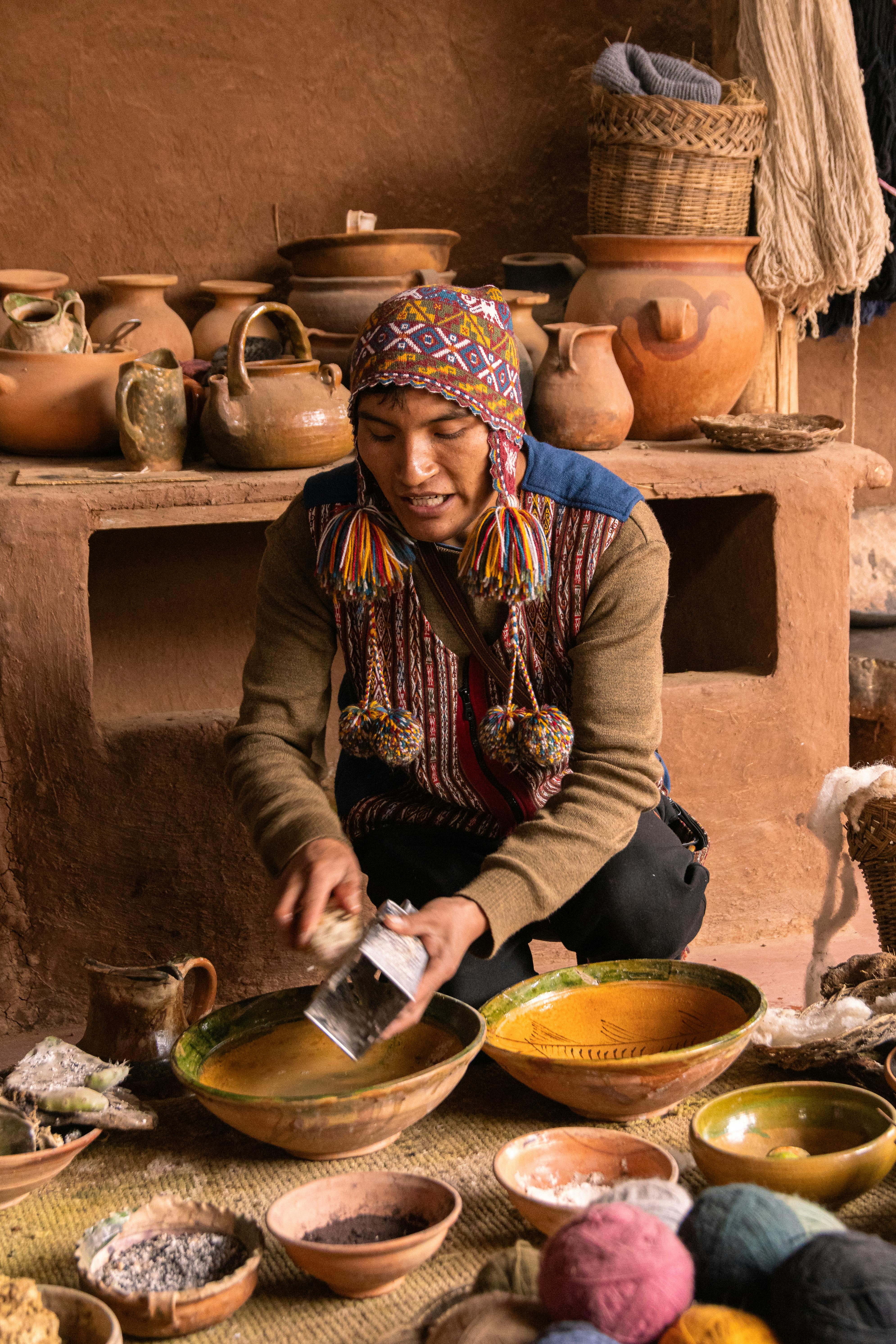
Food in Arequipa
Food prices
Must visit restaurants
Chicha por Gastón Acurio
4.8 out of 5 rating
Chicha by Gastón Acurio offers a delightful culinary journey through traditional Peruvian flavors with a modern twist. It's a must-visit for food enthusiasts seeking an authentic taste experience.
Located at Santa Catalina 210, Arequipa 04001, Peru
Checking link...
Zig Zag
4.7 out of 5 rating
Known for its alpaca and beef, Zig Zag is an elegant yet cozy restaurant providing unique Swiss-Peruvian fusion dishes. The grill platters are particularly popular among visitors.
Located at Calle Zela 210, Arequipa 04001, Peru
Checking link...
Sol de Mayo
4.5 out of 5 rating
Sol de Mayo offers a charming blend of traditional Arequipean cuisine set in a picturesque courtyard. It's perfect for those who want to enjoy both food and nature.
Located at Jerusalen 207, Yanahuara, Arequipa 04000, Peru
Checking link...
La Nueva Palomino
4.6 out of 5 rating
La Nueva Palomino specializes in hearty, home-style Arequipean dishes. This restaurant is beloved by locals and a great spot for trying the traditional Rocoto Relleno.
Located at Leoncio Prado 122, Yanahuara, Arequipa 04001, Peru
Checking link...
La Trattoria del Monasterio
4.7 out of 5 rating
Located near the famous Santa Catalina Monastery, this Italian-themed restaurant offers a delightful mix of Italian and local Arequipa dishes with a touch of elegance.
Located at Calle Santa Catalina 309, Arequipa 04001, Peru
Checking link...
Public transportation
Prices
Airport
Shopping
Shopping Prices
Animals and nature
Religion
Tourism and locals
Nightlife scene
Art, Culture and Architecture
Find Upcoming Events
Checking link...
Checking link...
Checking link...
Hotels
Prices
Five facts about Arequipa
1. Arequipa's main football team, FBC Melgar, is named after a local poet and has a strong rivalry with Lima teams.
2. In Arequipa, it's a tradition to have 'Queso Helado', a type of ice cream with no cheese, yet named 'cheese ice cream'.
3. The city is famous for 'El Rey de Todos los Mariscos', a local superhero who advocates for the consumption of seafood.
4. Arequipa's Cathedral features a colossal organ imported from Belgium weighing over 5,000 kilograms.
5. A popular local myth claims that people are protected by the volcano spirits and earthquakes rarely affect them.
Frequently asked questions
What is the best time of year to visit new destinations?
The best time to visit a destination depends on its climate and your preferences. Generally, spring and fall offer pleasant weather and fewer tourists, while summer may bring larger crowds and higher prices. Always check for seasonal events and holidays.
How can I find the top attractions in a city?
You can find the top attractions by checking travel guides like Cityexplorer.io, blogs, or apps like TripAdvisor. Our website offers curated lists of popular landmarks, cultural sites, and hidden gems for each city.
How do I get around a city?
Most cities offer public transportation options like buses, subways, or trams. Taxis, rideshare services, and bike rentals are also common. Some cities are walkable, making it easy to explore on foot.
How can I stay safe while traveling abroad?
To stay safe while traveling abroad, research your destination in advance to understand local customs and any potential risks. Keep your valuables secure, stay aware of your surroundings, use reliable transportation, and avoid risky areas, especially at night. It's also wise to register with your embassy if possible.
What should I pack for a city trip?
Pack comfortable walking shoes, appropriate clothing for the weather, a travel adapter (if needed), a reusable water bottle, and any personal items like medications. For international travel, don’t forget important documents like your passport and travel insurance.
How can I stay safe while traveling?
To stay safe, research the city beforehand, avoid unfamiliar areas at night, and keep your valuables secure. Use reputable transportation services, and always have a backup plan for communication, such as a local SIM card or Wi-Fi access.
How can I stay healthy while traveling?
To stay healthy while traveling, practice good hygiene, such as frequent handwashing and sanitizing. Stay hydrated, eat balanced meals, and get enough rest. If necessary, consult a healthcare provider about vaccinations or medications required for your destination.
How can I ensure my accommodation is safe?
To ensure your accommodation is safe, read reviews from previous guests, choose reputable hotels or hostels, and check for security features such as locks, safes, and 24-hour front desks. Upon arrival, familiarize yourself with emergency exits and procedures.
Are language barriers an issue when traveling?
In major cities, many locals speak basic English, especially in tourist areas. However, learning a few key phrases in the local language can enhance your experience and help you navigate more easily.
How can I avoid tourist traps?
Avoid tourist traps by researching your destination and seeking recommendations from locals or travel communities. Opt for off-the-beaten-path attractions, authentic dining spots, and lesser-known neighborhoods.
What should I do if I lose my passport while traveling?
If you lose your passport while traveling, report the loss to local authorities and contact your country's nearest embassy or consulate immediately. They can assist with obtaining a replacement passport or emergency travel document.
Do I need travel insurance?
Yes, travel insurance is recommended to cover unforeseen events like medical emergencies, trip cancellations, or lost luggage. It’s a small investment that can save you from significant expenses while traveling.
What is the best way to exchange currency?
The best way to exchange currency is usually through local ATMs using your debit card, as they often offer competitive exchange rates. Avoid airport exchanges and currency kiosks, as they may charge high fees. Consider getting a travel credit card with no foreign transaction fees.
How can I manage jet lag effectively?
To manage jet lag, adjust your sleep schedule before you depart, stay hydrated, and avoid caffeine and alcohol. Upon arrival, try to get exposure to natural light, and consider taking short naps if needed. Gradually adjust to the local time to ease the transition.
